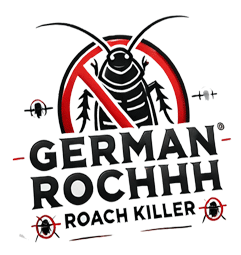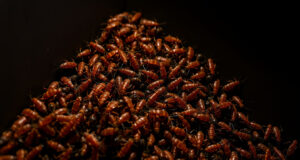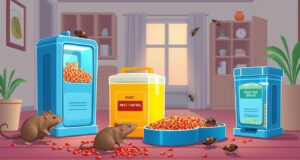Gardening is not just a hobby; it is a link to nature. When we tend our gardens, we seek a close bond with the living world. We use herbal attractants. They use nature’s own smells and tastes.
In this article, we show what herbal attractants are, how they work, and why they matter for both gardeners and animal fans.
──────────────────────────────
What Are Herbal Attractants?
Herbal attractants come from natural sources. They come from fresh herbs and aromatic plants. They work to pull certain animals near your garden. Insects like bees and other small creatures may come close. This helps your plants live in a home filled with life.
──────────────────────────────
How Do Herbal Attractants Work?
Herbal attractants work with scent and taste. Herbs such as mint, basil, rosemary, and lavender give off strong oils. These oils pull in insects and small animals. Bees and butterflies sense the smell and come near. Some herbs keep away pests as they call helpful creatures near. For instance, marigolds may push away aphids while ladybugs arrive.
──────────────────────────────
Why Use Herbal Attractants in Your Garden?
-
More Species: When you add herbal attractants, your garden becomes home to many kinds of insects and animals. This builds a strong garden life.
-
Natural Pest Help: Certain herbs push away unwelcome pests. At the same time, they call in creatures that feed on those pests. This means you face fewer chemicals.
-
Better Pollination: Many herbal attractants are favorites of bees and butterflies. With more pollinators, your plants can bear more fruit and flowers.
-
Pleasant Look: Besides their function, herbal attractants add a soft scent and a nice look to your garden. Walk among them and enjoy the clean, natural smell.
──────────────────────────────
Popular Herbal Attractants to Consider
• Basil: This favorite herb draws various helpful insects. It also adds good taste to your cooking.
• Lavender: Its sweet smell pulls in bees and butterflies. It makes the garden smell soft.
• Chives: Their leaves push away aphids. Their flowers attract small pollinators.
• Fennel: This tall herb improves your dishes in the kitchen and draws wasps that eat pests.
• Nasturtiums: These bright flowers trap aphids on themselves and pull in bees. They work on two levels at once.
──────────────────────────────
How to Integrate Herbal Attractants into Your Garden
-
Planning: Think about which animals you want near. Pick herbs known to call them.
-
Placement: Plant your herbs close together in the garden. Use them as borders or mix them with vegetables and flowers.
-
Care: Water and trim your herbs often. Healthy plants give strong smells and draw more life.
-
Observation: Take time to watch the garden. See which creatures come near. Adjust your plan based on what grows best.
──────────────────────────────
Conclusion
Herbal attractants can change your garden into a warm haven for life. With a clear plan and steady care, you pull nature’s helpers close to home. Using these herbs makes your garden lively and full of charm. Invite these plants into your garden today and watch as nature works word by word with every living thing.




